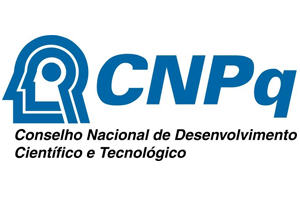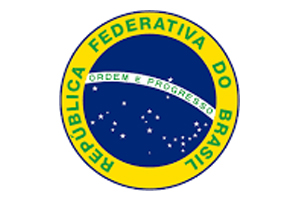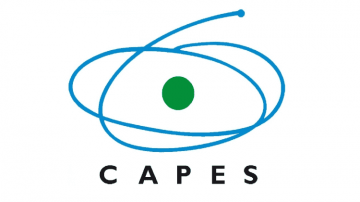Zainab Akram
University of Babylon /College of Science
Eman M. Jarallah
University of Babylon /College of Science
ABSTRACT
Background: Staphylococcus aureus is a major foodborne pathogen responsible for staphylococcal food poisoning (SFP), primarily due to its production of enterotoxins. Contaminated milk and dairy products serve as potential reservoirs for enterotoxigenic S. aureus, posing a significant public health risk. Objective: This study aimed to molecularly detect enterotoxin genes in S. aureus isolates obtained from milk and dairy products in Hilla, Iraq, and assess their prevalence in relation to food safety concerns. Methods: A total of 29 S. aureus isolates were collected from raw milk and milk-derived products in Hilla between September and November 2023. The isolates were confirmed using PCR amplification of the 16S rRNA gene. The presence of enterotoxin genes (sea and sec) was detected using molecular techniques. Results: All 29 isolates (100%) tested positive for the sea (enterotoxin A) gene, confirming the widespread presence of enterotoxigenic S. aureus in milk samples. Additionally, the sec (enterotoxin C) gene was detected in 19 isolates (65.5%), indicating a high prevalence of multiple enterotoxins. The findings highlight raw milk as a significant reservoir of S. aureus strains capable of producing enterotoxins, which may contribute to foodborne illness outbreaks. Conclusion: The high prevalence of enterotoxin-producing S. aureus in raw milk and dairy products in Hilla underscores the need for stringent food safety measures, routine microbiological surveillance, and effective processing techniques to mitigate the risk of SFP. Further studies are recommended to assess antibiotic resistance patterns and the potential for toxin production in clinical cases.
Keywords: Food Poisoning, Staphylococcus Aureus, Enterotoxins, PCR, 16S rRNA.




